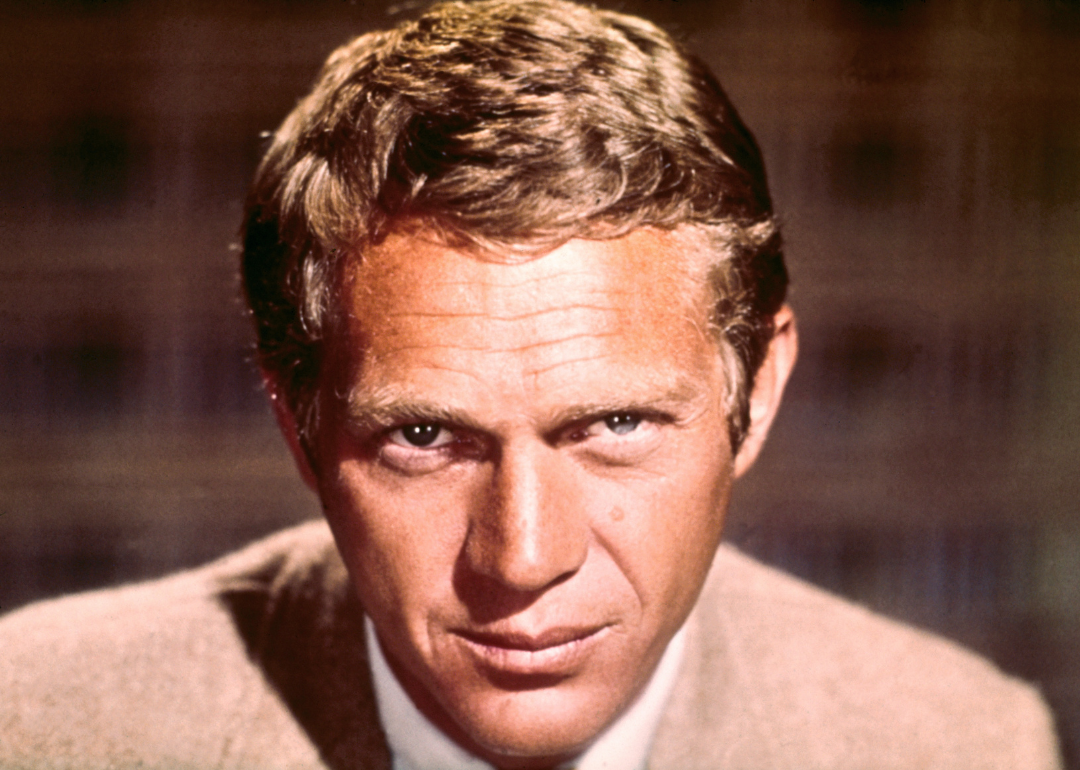Montage Example #1 – Requiem For A Dream
This montage in Requiem For A Dream shows the organised yet chaotic impact of the metric/intellectual montage. Each shot is given nine frames and a distinct sound effect. The montage demonstrates drug taking’s disorientating effect.
The shot timing is frantic yet regimented. Consequently, it gives the sequence a psychedelic style. It is effective in progressing the story and portraying the descent into addiction for each of the characters.
Montage Example #2 – City of God
In this scene from City of God, a tonal montage tells the history of an apartment. Voiceover narration and montage quickly explain everything that has happened in the apartment. It catches the audience up to speed on how local dealer, Blacky, got control of this turf.
It’s a montage that moves the plot along but also contains a lot within it. Its existence as a static shot allows this scope, containing a whole journey and world within a small frame.
Montage Example #3 – Hot Fuzz
The rhythmic montage serves the purpose of quick and effective exposition. Wright uses the montage to introduce us to the main character rapidly. The montage shows Nicholas Angel’s CV through voiceover over scenes showing him in the activity described.
Montage Example #4 – Rocky
This rhythmic montage in Rocky is the epitome of a training montage. The montage condenses Rocky’s training into a short musical montage, which briefly summarises his training and progression.
Montage Example #5– Trainspotting
Another example of fantastic world building and character exposition through montage is in Trainspotting. Specifically, the timeless ‘Choose Life’ speech and Iggy Pop’s Lust For Life.
This montage also introduces us to the main themes of the film: Drug abuse, addiction and nihilism. The wide array of the character’s experiences is shown in this introductory montage.
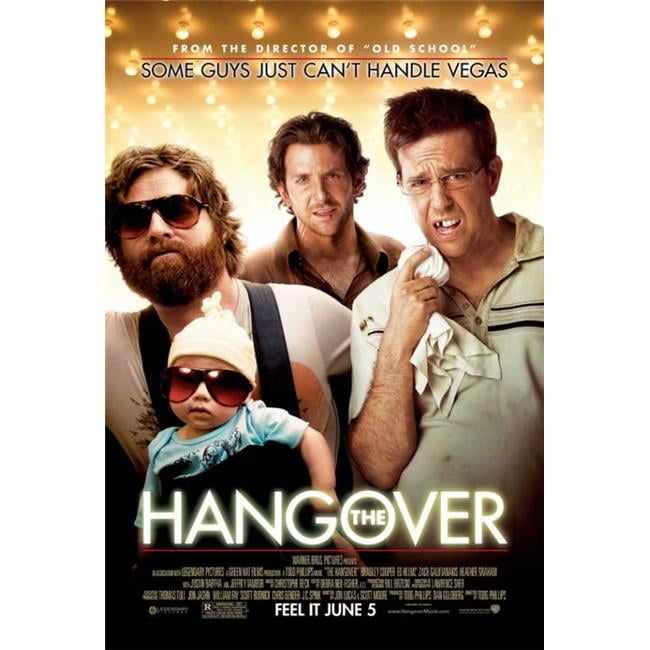






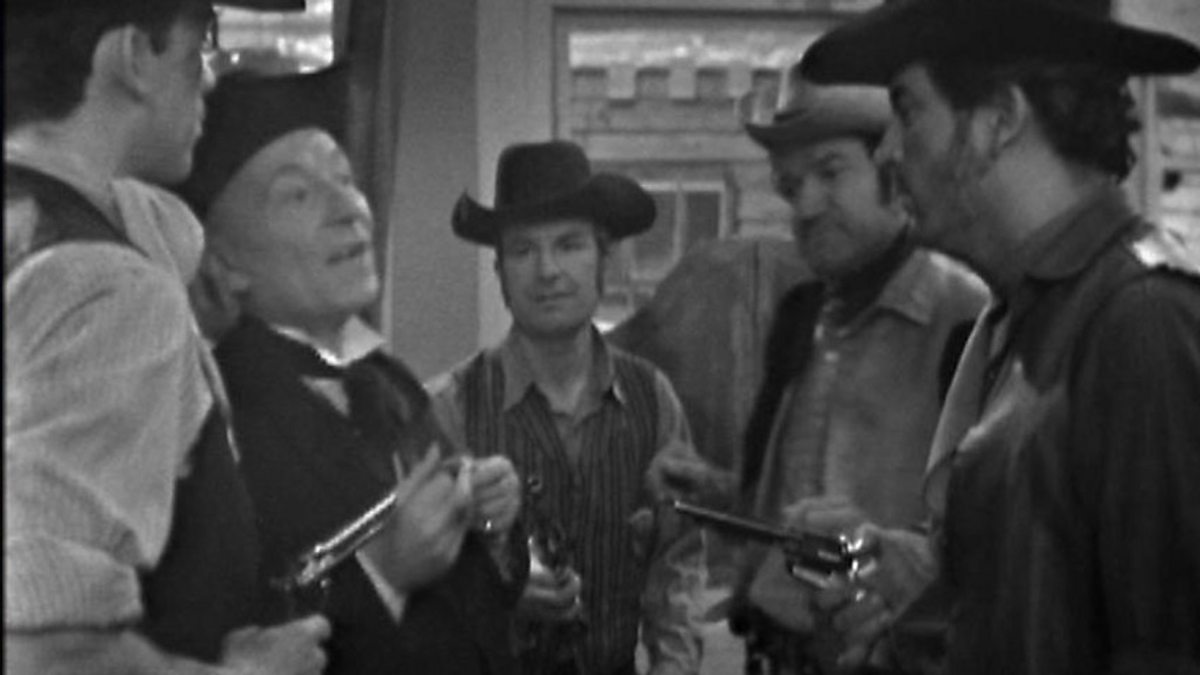
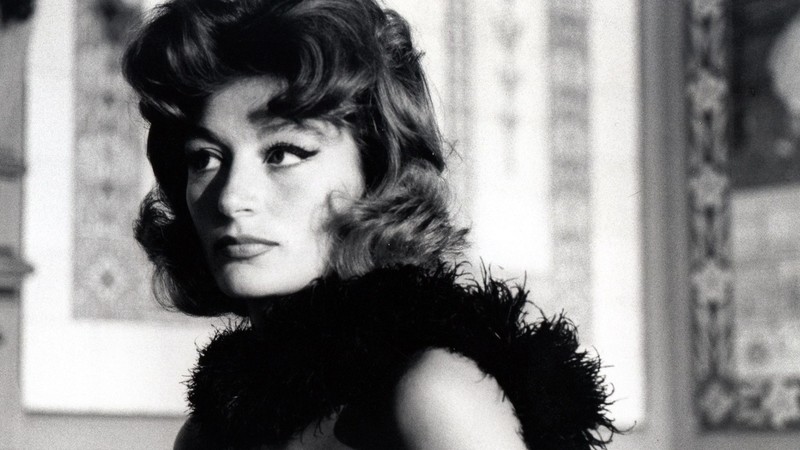
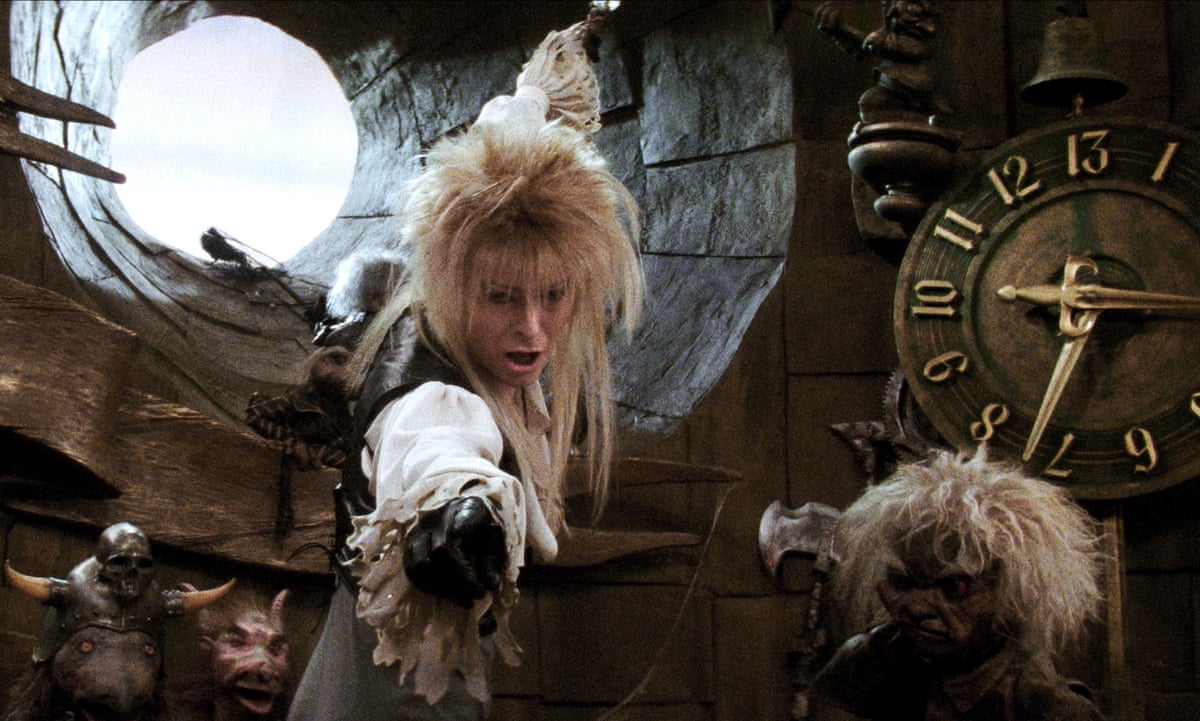




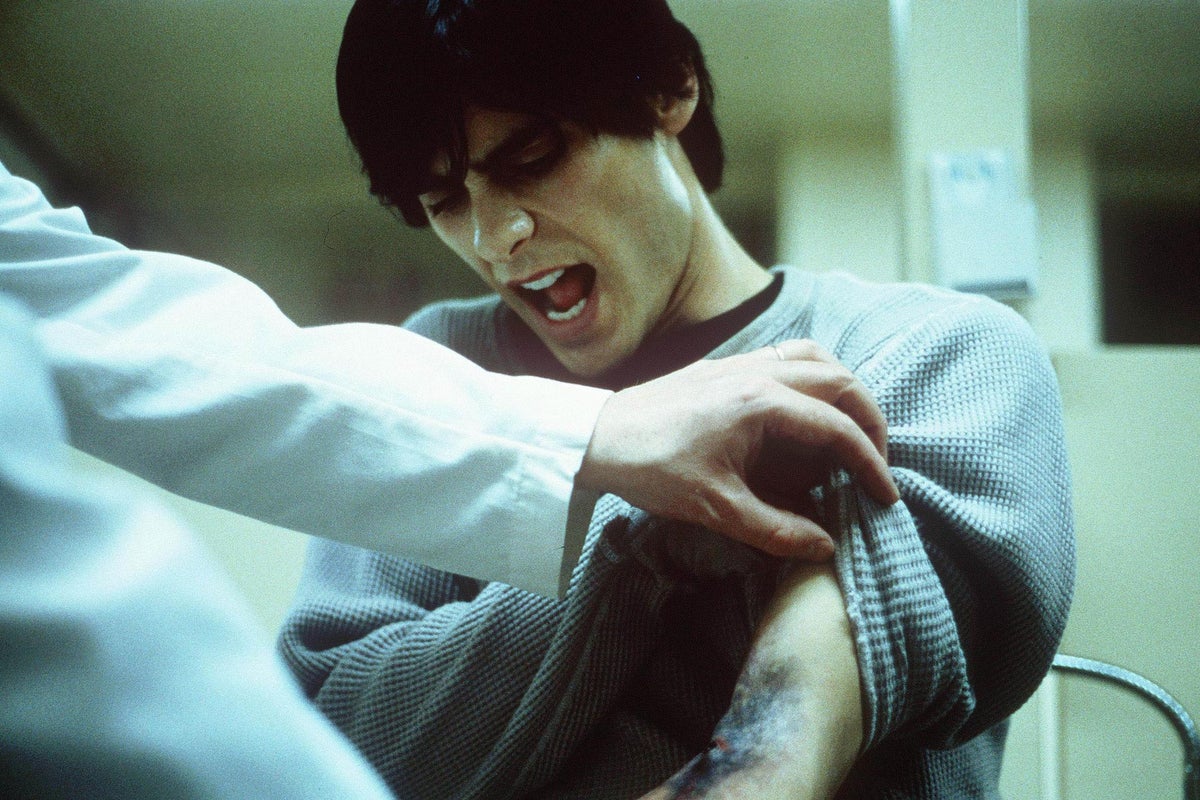

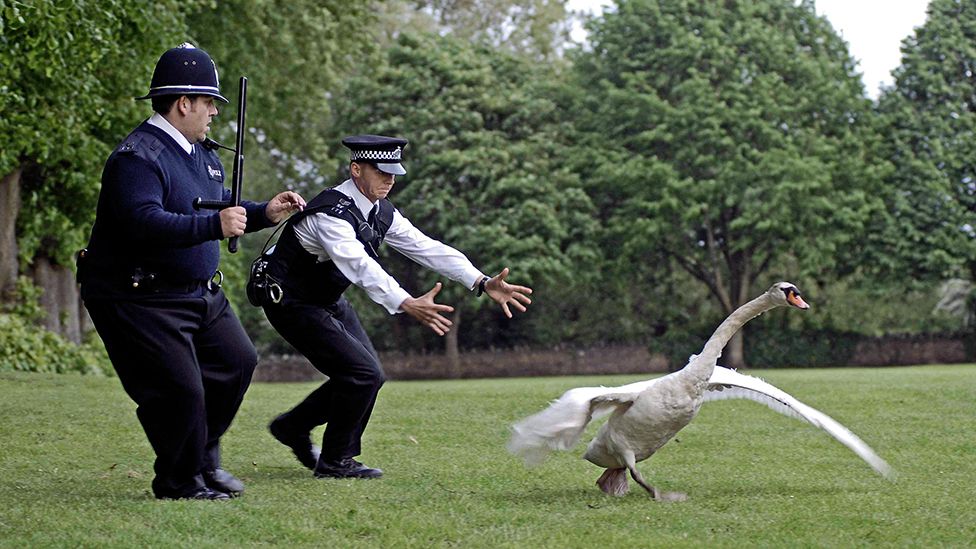
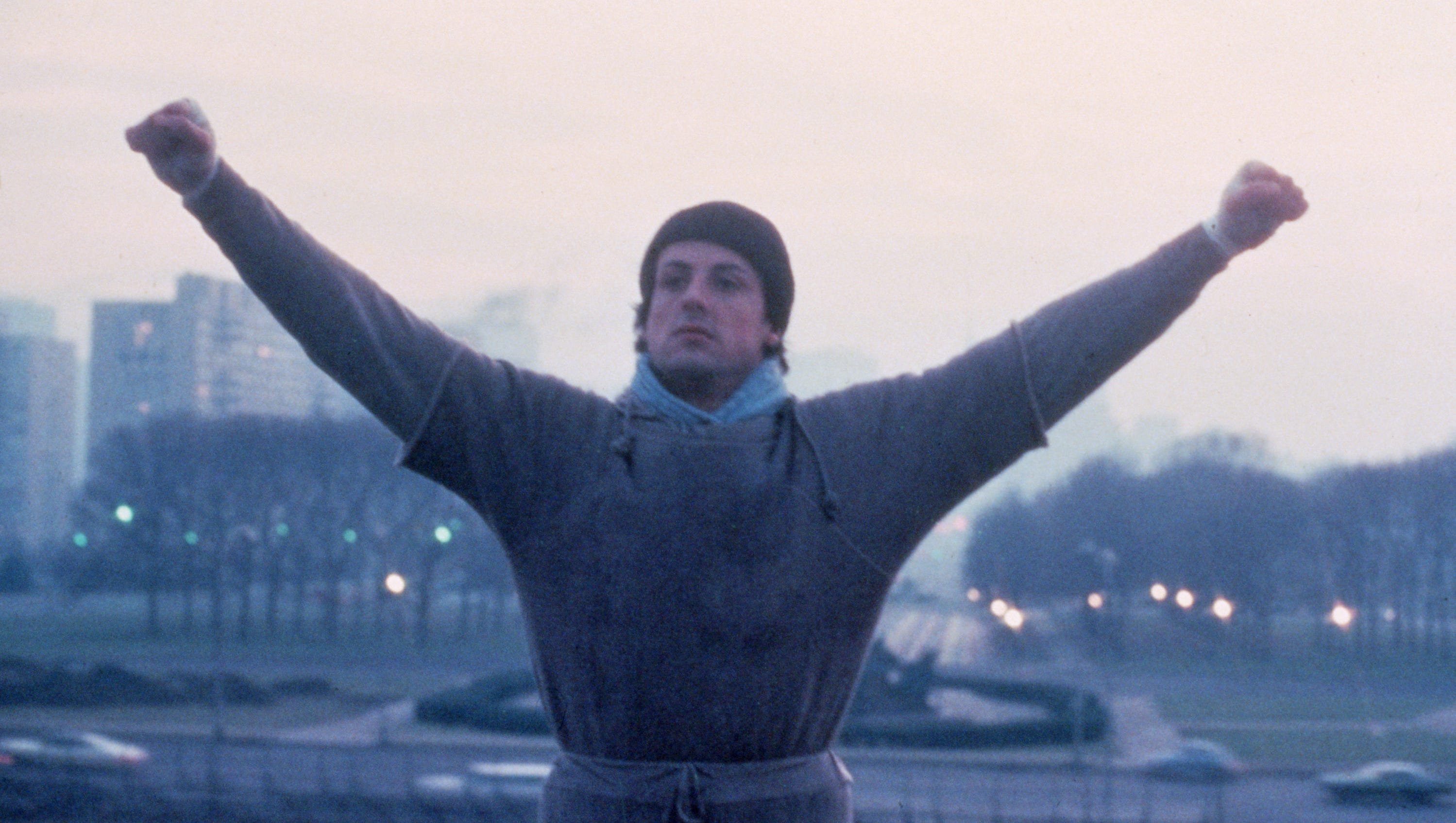
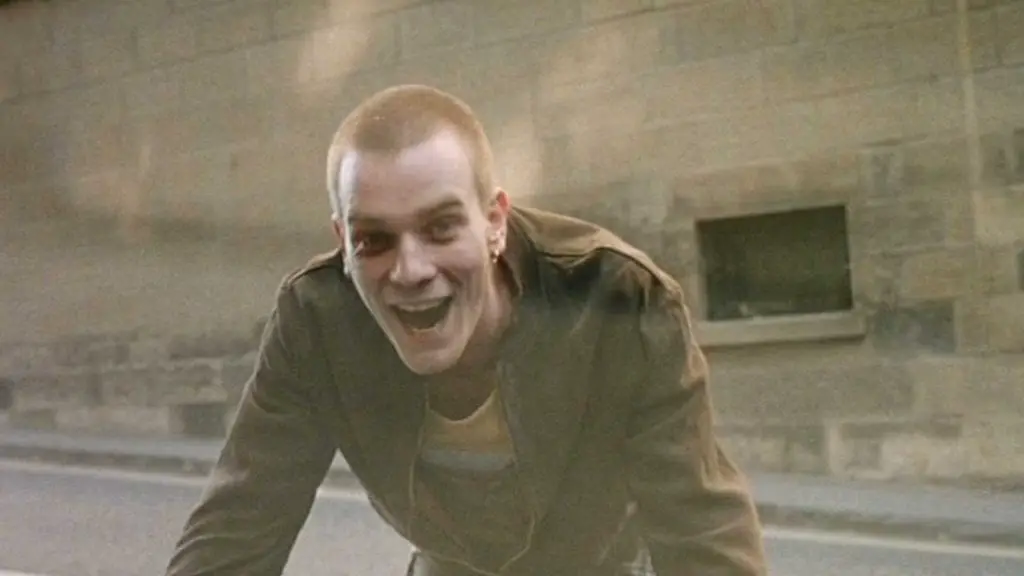
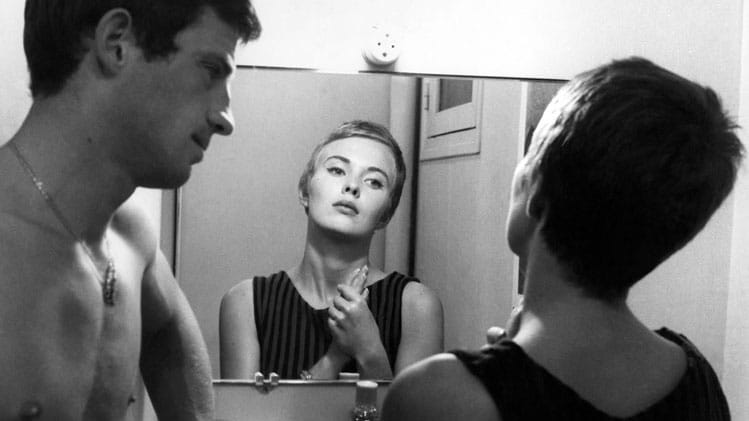
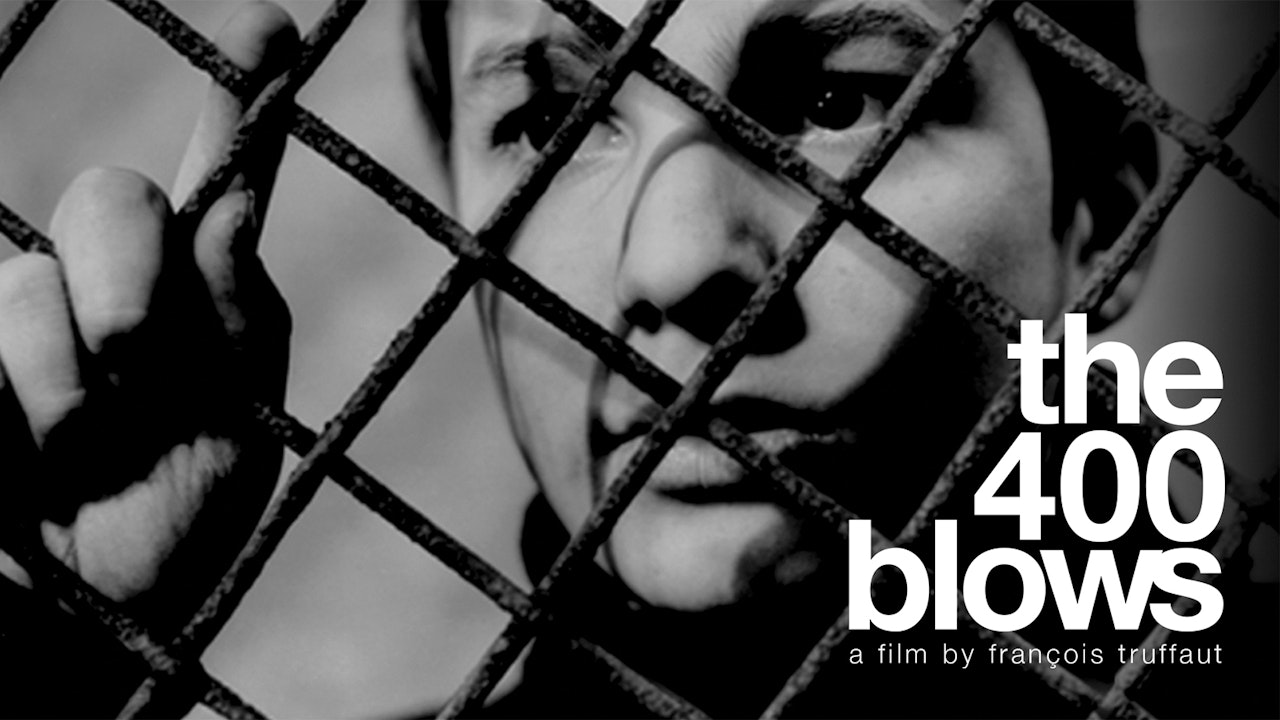

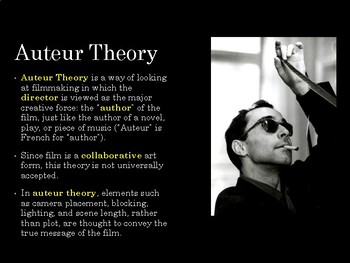
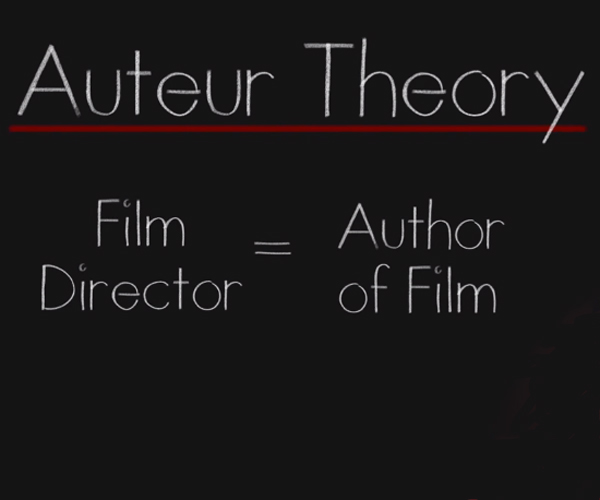
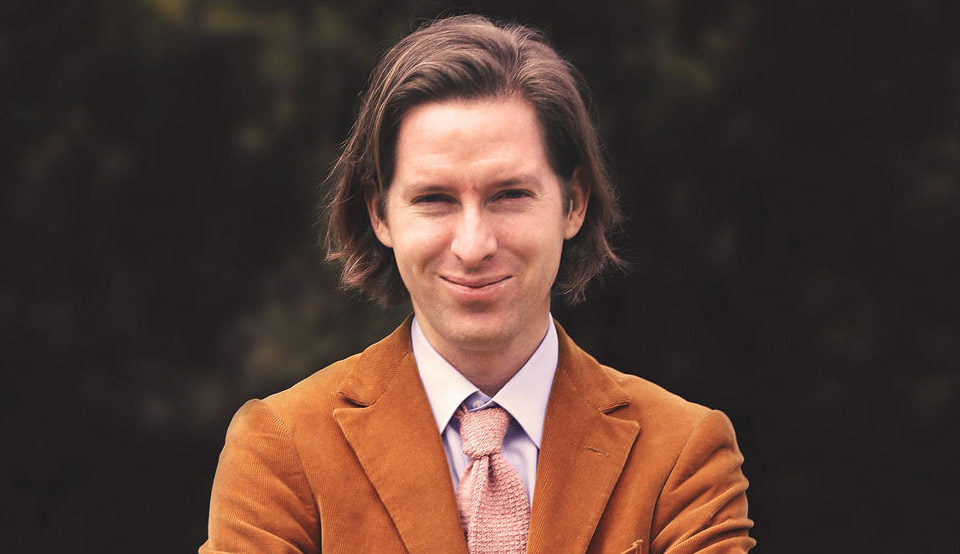




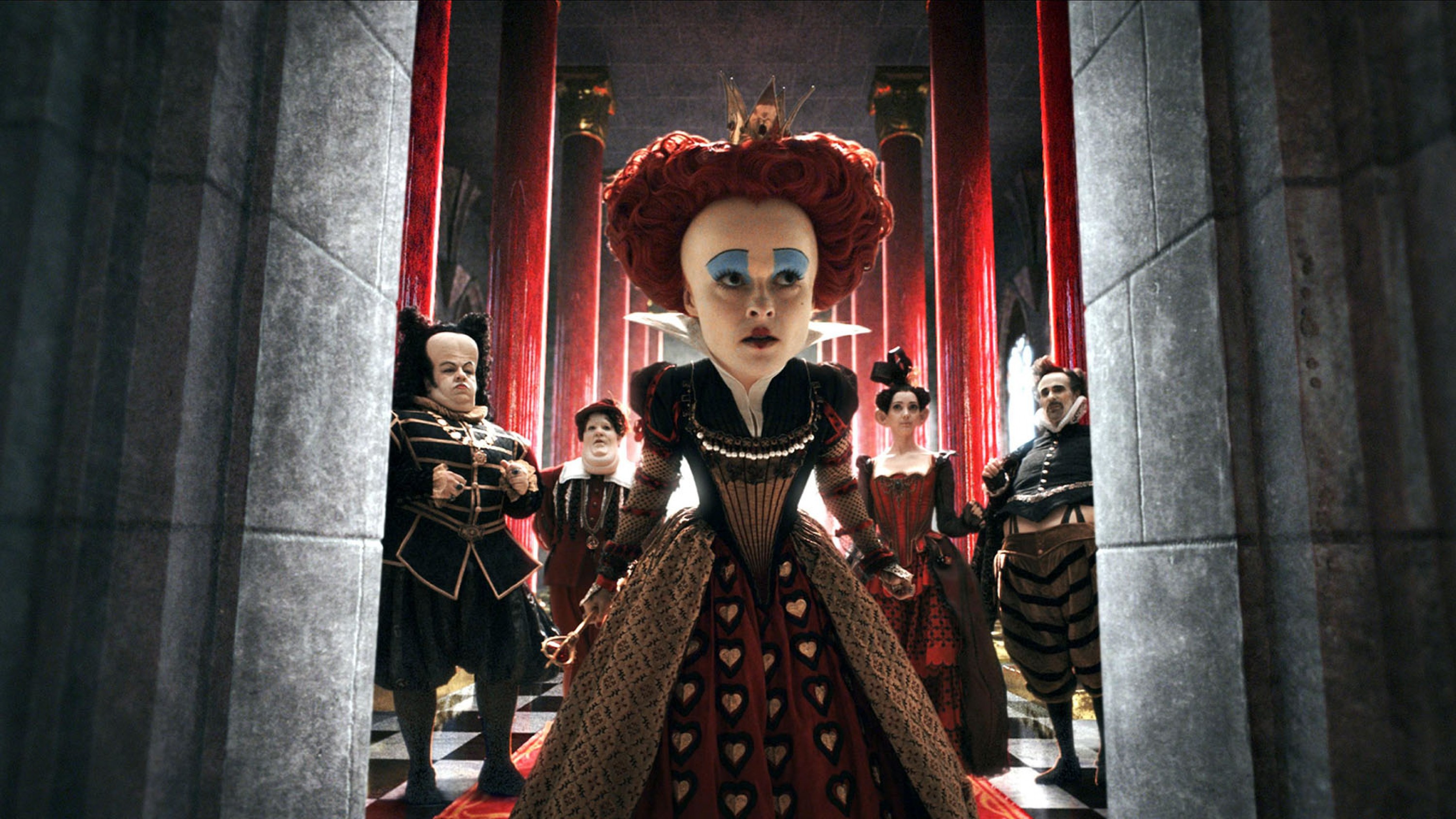

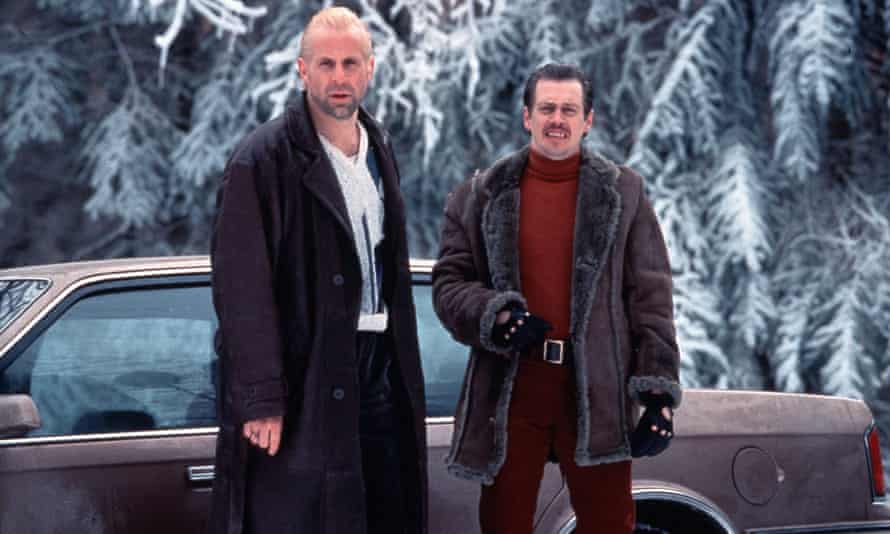
/cdn.vox-cdn.com/uploads/chorus_asset/file/18278782/no_country_for_old_men_1280x720.jpg)
